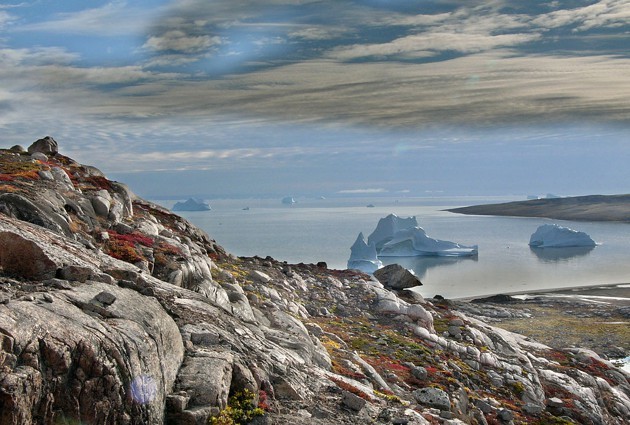The Arctic Ocean may look inhospitable, but it teems with life along its coasts and within the unexpected, ice-free oases brimming with seabirds gorging on plankton and krill. Despite the anchor these places provide for many of the planet’s birds, whales and marine mammals, almost none have a spot on the World Heritage list, a jaw-dropping catalogue of wonders maintained by the United Nations Educational, Scientific and Cultural Organization (UNESCO).
Now a group of global scientists want to fix that oversight. On Tuesday, the International Union for the Conservation of Nature, made up of more than 170 countries, government agencies, and more than 1,000 conservation groups, singled out seven Arctic marine sites that could potentially qualify for UNESCO World Heritage status.
More than 1,000 sites around the world have earned the UNESCO designation, based on their “outstanding universal value,” including the Grand Canyon and the Great Barrier Reef, the Leaning Tower of Pisa, and China’s Great Wall. Yet only five sites are found within the limits of the Arctic Circle, and only one of them, Russia’s Wrangel Island Reserve, is a marine site, frequented by hundreds of thousands of Pacific walrus and serving as the summer feeding grounds for some visiting humpback whales from Baja California, Mexico.

Leave a Reply